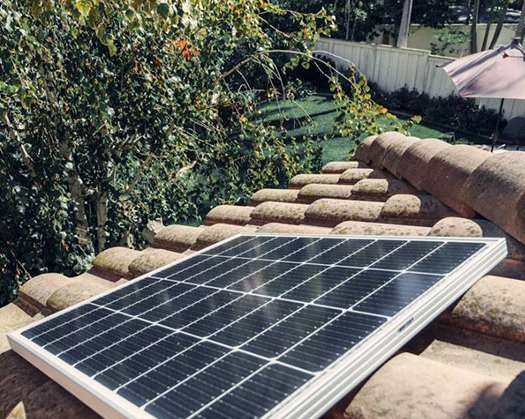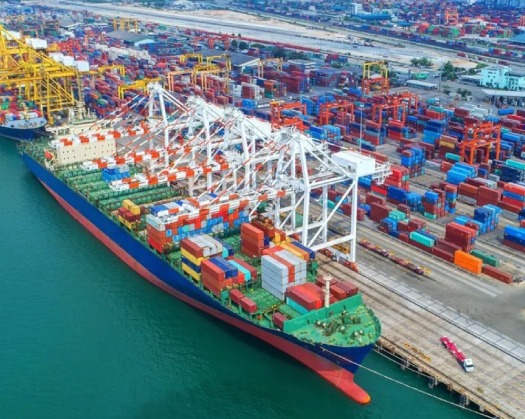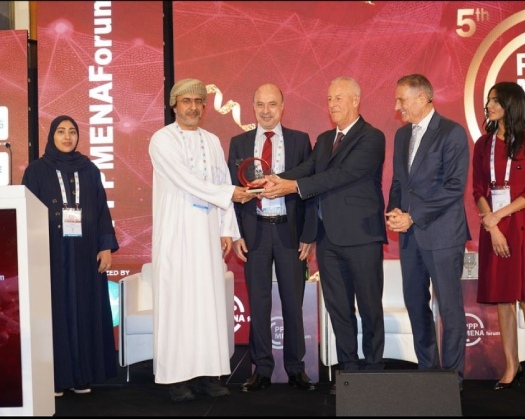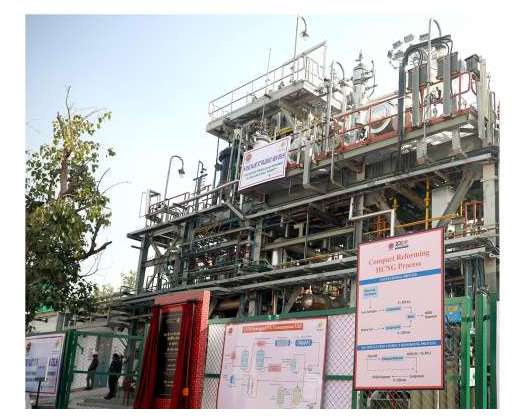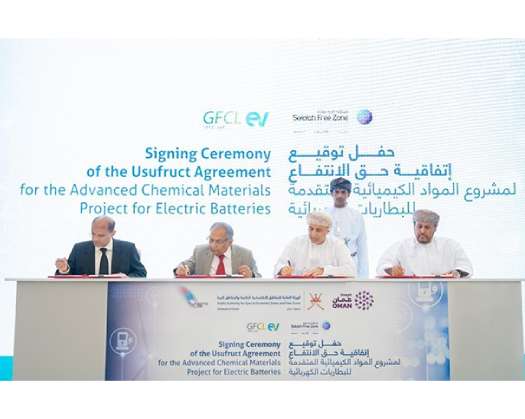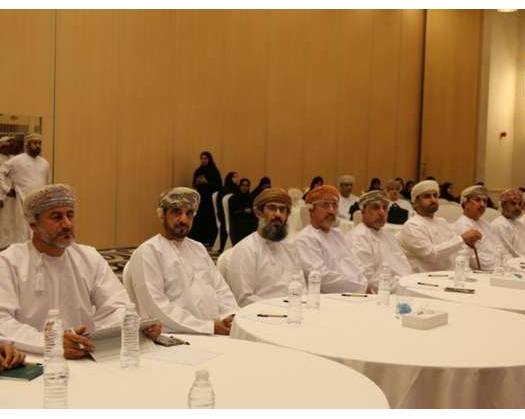New Delhi: The energy storage sector is poised for significant growth across the entire value chain, encompassing cell manufacturing and the components of these cells, as per a report by SBI Capital Markets. This expansion is anticipated to be supported by a range of favorable government directives and an increasing demand.
India is on the cusp of a substantial expansion in its energy storage capacity, projected to increase by a factor of 12, reaching 60 GW by the year 2031-32.
"The declining cost of energy storage technologies is a critical factor driving their widespread adoption," the report stated.
It was emphasized that the inherent mismatch between surplus capacity and power demand profiles could lead to grid instability, thereby necessitating the demand for energy storage solutions.
The report identified Battery Energy Storage Systems (BESS) and Pumped Storage Projects (PSP) as a dynamic duo, characterized by their complementary roles as key technologies.
It is expected that two storage methods will capture nearly the entirety of the market share.
"BESS (Battery Energy Storage Systems) is poised to dominate, attributed to its locational flexibility, the promise of technological advancements that could further reduce costs, enhance discharge characteristics, and improve response times," the report elaborated.
The SBI Capital Markets report delves into the significance of energy storage systems in the context of the energy transition.
Batteries and their associated components account for approximately 80% of the cost of a battery energy storage system.
"At present, battery cells and their upstream ecosystem are predominantly concentrated in China, rendering India susceptible to import dependency during periods of geopolitical complexity," the report noted.
It was pointed out that the government has acknowledged the importance of indigenization, evidenced by the introduction of a production-linked incentive for advanced cell chemistry.
India fulfills a significant portion of its energy requirements from fossil fuels, alongside various renewable energy sources, including green hydrogen, which is seen as a means to reduce reliance on conventional power sources. The pursuit of green energy for climate mitigation is not exclusive to India but is gaining global traction.
India is set to achieve a non-fossil electricity capacity of 500 GW by 2030, in addition to generating half of its energy needs from renewable sources.

